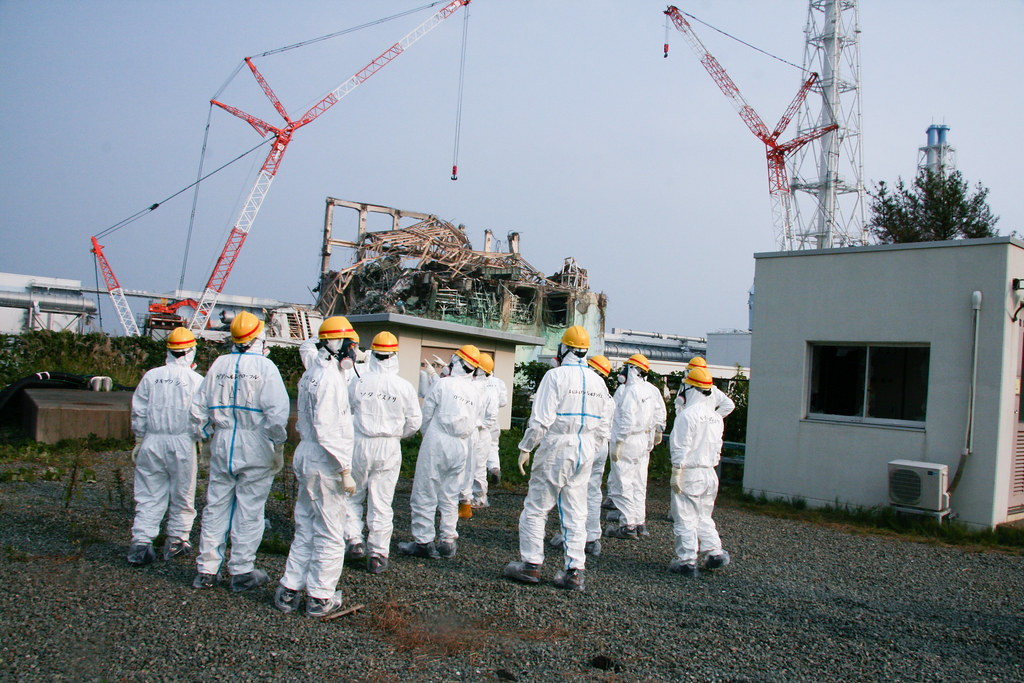IAEA publication guides nations on assessing nuclear security threats
Using DBT is important because it provides detailed adversary characterizations, taking into account local threats and the specificities of a facility or activity.

With the expansion of nuclear and radioactive materials in use worldwide, the potential for malicious use of these materials is a growing concern. The IAEA continues to advise national authorities on best practices for nuclear security with a newly updated implementation guide — National Nuclear Security Threat Assessment, Design Basis Threats, and Representative Threat Statements. It is part of the IAEA’s Nuclear Security Series (NSS) and provides guidance on how countries can implement security recommendations based on their nuclear and radioactive facilities and conduct security threat assessments to thwart risks from, inter alia, terrorists, criminals, and extremists.
“The nuclear security measures a country adapts should always correspond to the threat posed to nuclear and other radioactive materials. The revised guidance provides a specific methodology for identifying physical and computer security threats applicable to both nuclear and other radioactive materials. On the basis of this updated methodology, the IAEA can tailor bespoke assistance focussing on a country’s specific needs and available resources,” said Kristof Horvath, Head of the IAEA’s Nuclear Material Security Unit.
A threat-based approach
Design Basis Threats (DBT) and Representative Threat Statements (RTS) are two of the most prominent tools proposed by the updated IAEA guidance.
Using DBT is important because it provides detailed adversary characterizations, taking into account local threats and the specificities of a facility or activity. Such adversaries with the intention to commit sabotage and/or theft include not only external actors, but potentially also those with authorised access to facilities handling nuclear or other radioactive material. These are known as insider threats. Furthermore, a DBT can be used by operators of high-risk facilities and activities to develop attack scenarios and demonstrate the effectiveness of the security systems applied.
RTS, on the other hand, could be used to develop generic, prescriptive regulatory requirements for a particular subset of lower consequence materials or facilities.
“By setting guidelines on how to develop DBT and RTS, we’re helping countries evaluate physical and cyber threats relevant to them,” said Horvath, explaining that countries face different risks depending on the amount and type of nuclear and other radioactive material they possess, and whether they operate reactors, or just use radioactive sources at hospitals and in industry.
These tools provide the basis for enhancing a nation’s nuclear security infrastructure and help protect against a diverse range of threats posed to its nuclear and other radioactive material, associated facilities, and activities. “Without these guidelines countries could experience difficulties in understanding and assessing credible threats, resulting in operators either delivering insufficient protection or conversely, protection measures irrelevant to the threat,” Horvath said.
Threat based training
The IAEA trains experts from numerous countries on using DBT and RTS by providing practical workshops. Using examples of potential physical and cyber threats, scenarios, and case studies, as well as interactive exercises based on a hypothetical nuclear facility, the workshops allow the IAEA to assist participants build their capacity in nuclear security. Attendees, therefore, gain experience in how to adapt the methodologies outlined in the guidance and consider situations beyond their own national responsibility.
A webinar on National Nuclear Security Threat Assessment, Design Basis Threats and Representative Threat Statements aiming to provide an overview of the newly updated implementing guide, is scheduled for 1 February.
An e-learning module also exists to give participants a basic overview of nuclear security threats and risks for material and facilities, including topics such as threat assessment and planning; roles and responsibilities; coordinating assessment activities; and threat-based approaches to designing security measures.
Finally, the International Physical Protection Advisory Service (IPPAS) is a critical component of the IAEA’s work in nuclear security. IPPAS missions review the threat assessment methodology employed by the host nation and assist the strengthening of national nuclear security systems and measures.
ALSO READ
IAEA Board to meet on Zaporizhzhia attacks on Thursday, diplomats say
Russia says it calls emergency IAEA board meeting on Zaporizhzhia attacks
IAEA head says drone attack on Zaporizhzhia nuclear plant significantly increases risk of major accident, reports AP.
Drone attack on Zaporizhzhia nuclear plant significantly increases accident risk, IAEA head says
IAEA Board to meet on Ukraine's Zaporizhzhia on Thursday, diplomats say










